Regional
Taking stock of MONUSCO’s presence in DRC
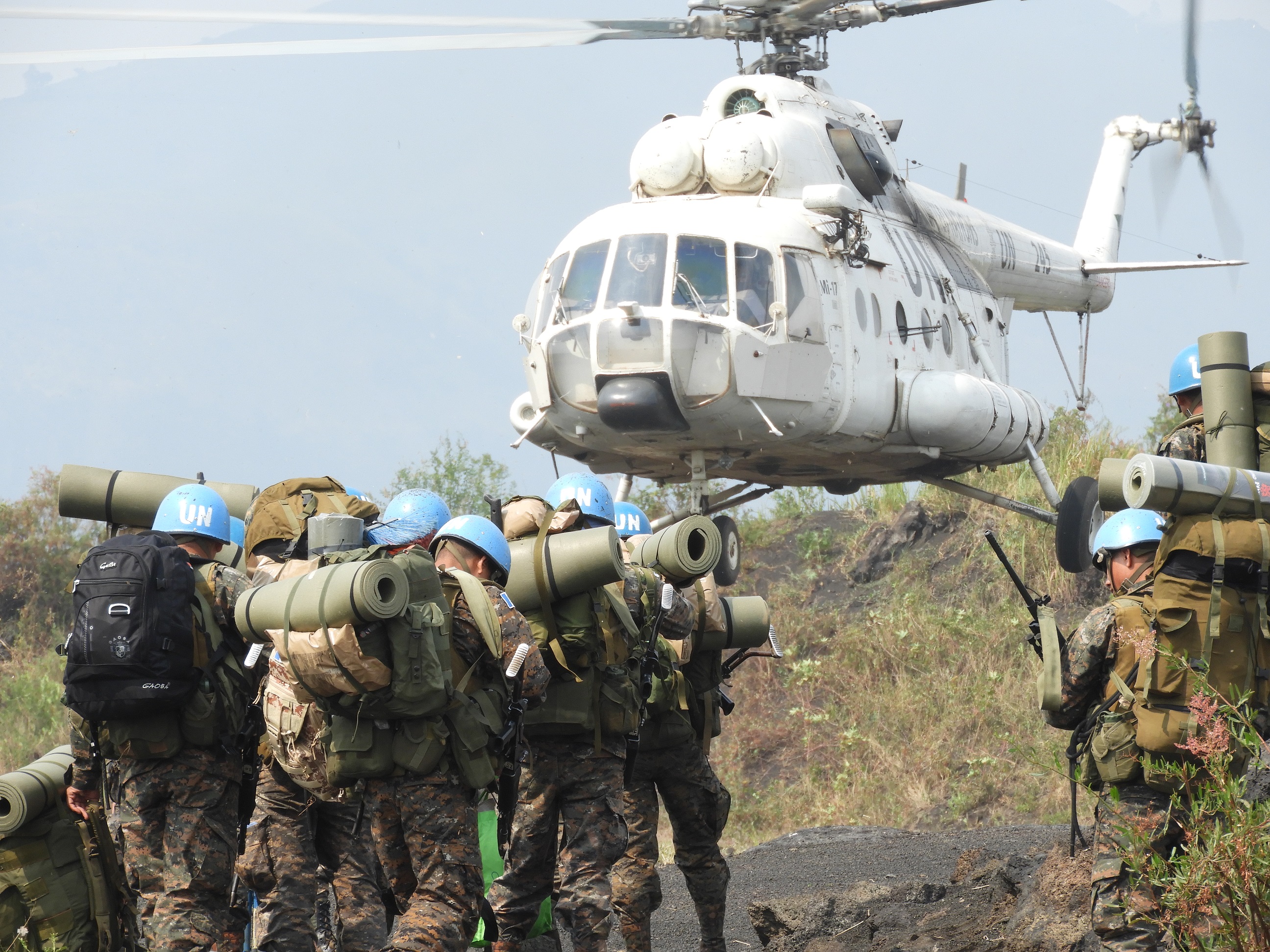
MONUSCO troops from Guatemala Special Forces Contingent (GUASFOR) in Sake town of DRC’s North Kivu Province, on July 5, 2017, carrying out training.
The
end of the UN peacekeeping mission to the Democratic Republic of Congo (MONUSCO)
could be near.
The
gigantic mission has been operating in the country for more than two decades.
For
the past years, Kinshasa has reaffirmed its wish to see MONUSCO begin its
withdrawal by January 2024, a wish that was emphasized by the UN Secretary-General
Antonio Guterres, in a ‘leaked’ report transmitted to the UN Security Council
on August 12.
Related: MONUSCO
leaving DRC, or just the usual drama?
The UN
chief announced that the Mission has entered its final phase, and is expected
to make an accelerated, but responsible withdrawal. However, he gave no
specific time frame for this plan to go into motion.
Established
in 2000 as the Mission de l'Organisation des Nations Unies en République
Démocratique du Congo (MONUC), their mandate was to protect civilians. In 2010,
the mission was renamed MONUSCO. Currently, the mission has 19,000 troops
deployed and costs about $1 billion a year.
More
than two decades later, mostly operating in volatile eastern DRC, the mission
has brought no positive change and consistently failed the Congolese population.
Its core
mandate includes supporting the authorities of the DRC and unilaterally, or
jointly with the Congolese army, FARDC, carrying out targeted and robust
offensives against armed groups. To the contrary, the UN force decided to side
with the negative armed groups.
In
June 2022, evidence emerged showing that the UN Force shielded combatants of
the Nyatura Jean Marie/Abazungu Mai Mai faction (former members of the
genocidal FDLR) who were fighting alongside the FARDC against M23 rebels. MONUSCO
welcomed the former at their base in Shangi after they had lost the fight.
Related: MONUSCO
supporting armed groups in eastern DRC
The
collaboration of MONUSCO with negative armed groups in DRC is a betrayal of its
mandate. It also confirms that the UN force, instead of helping to fight the
negative armed groups, gives them support and safe passage, thereby being
accomplices in escalating insecurity in eastern DRC.
The
blue helmets have watched, tight-lipped, as the FDLR, a terror group formed by
individuals responsible of the 1994 Genocide against the Tutsi in Rwanda,
became an integral part of FARDC.
The
silence from MONUSCO concerning these evil deals is not a sign of neutrality,
rather a tacit support of the actions of FDLR/FARDC. The inaction renders
MONUSCO effectively complicit.
After
all these failures, the peacekeepers' job was reduced to spying for Kinshasa
and shifting the blame of their collective failures on Rwanda. In June 2023, a
UN group of experts released a report accusing Kigali of direct military
interventions on DRC’s soil, while backing these accusations with the so-called
images from the UN mission’s drones.
Blaming
Rwanda for DRC’s security crisis, advantages Kinshasa and MONUSCO in hopes that
it will cover their failures, as millions of Congolese are killed daily under
their watch.
Close
to 25 years, with $20 billion and counting, the blue helmets in DRC have little
to show in terms of improved security in the country. And their support to
armed groups and incendiary claims, begs a question.
What
has been the purpose of the UN peacekeeping mission in DRC all these years?



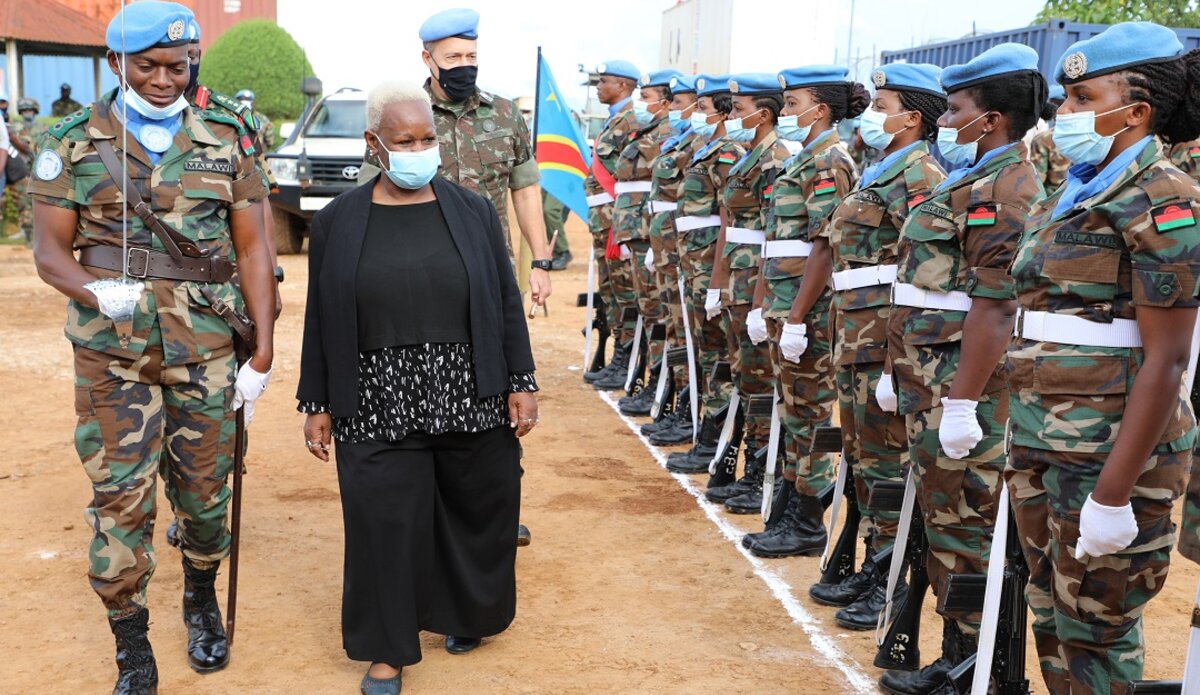
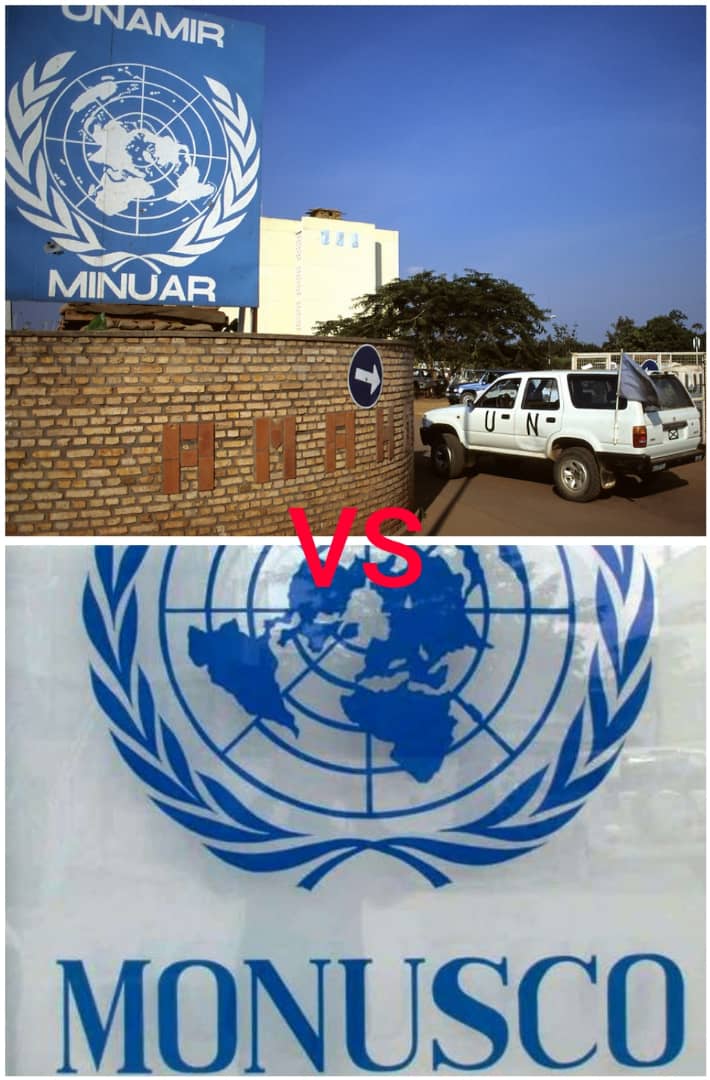
.jpg-20221113050043000000.jpg)
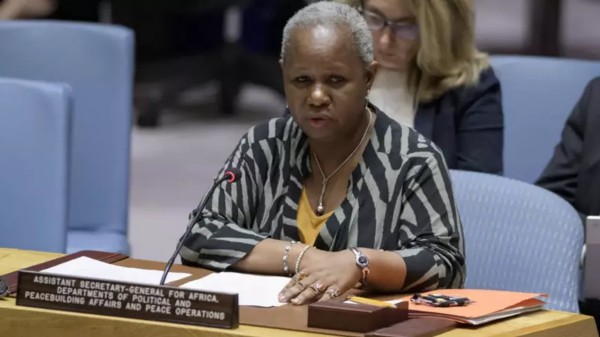

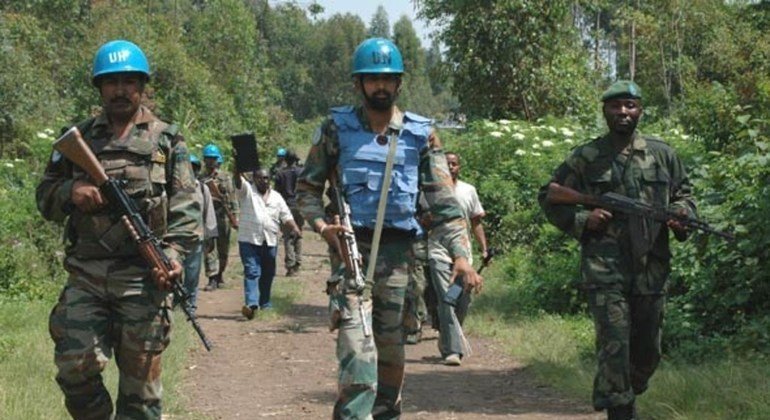
.jpg-20220530095951000000.jpg)